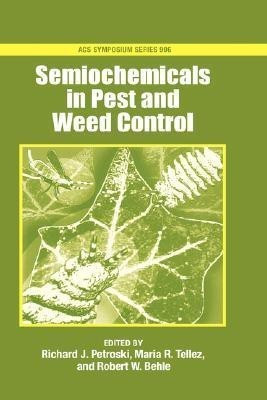Semiochemicals in Pest and Weed Control(English, Hardcover, unknown)
Quick Overview
Product Price Comparison
In recent years, research on the control of agricultural pests through the use of semiochemicals has increased considerably because of the many advantages of products developed from natural sources, including the perceptions of these compounds as environmentally desirable as well as the real need for new pesticides with novel modes of action. This symposium series book describes various aspects of recent research and developments related to the study of naturalproducts and semiochemicals in the control of important insect pests including the Formosan termite. These studies detail the isolation, identification, synthesis, structure-activity relationships, and mode of action of semiochemicals and of other natural products as well as biocontrol agents, as theyapply to the control of agricultural pests such as the Formosan termite. The book also covers the use of biological agents in conjunction with semiochemicals for pest and weed control. Formulations play a key role in the development of usable pest control products especially products based on unconventional chemical and biological agents. Successful product development begins with understanding chemical and biological agents. Successful product development begins with understanding theapplication environment and continues through formulation, efficacy, data analysis, and finally marketing. Part of this book will use the development of formulations to protect a biological agent, baculovirus, from degradation by exposure to sunlight as a backdrop to address the range of work required todevelop a successful product for agriculture. What sets this book apart from other symposium series volumes on pest or weed control is that the entire research and development pathway is presented in an orderly sequence: starting from the observation of pest or weed problem, to the demonstration of a possible solution, synthesis of semiochemicals, to formulation and field-testing. The reader can grasp the details of how to do his or her discipline as well as the big overall picture. The book should be especially valuable to thoseindividuals involved in writing research grant proposals.


